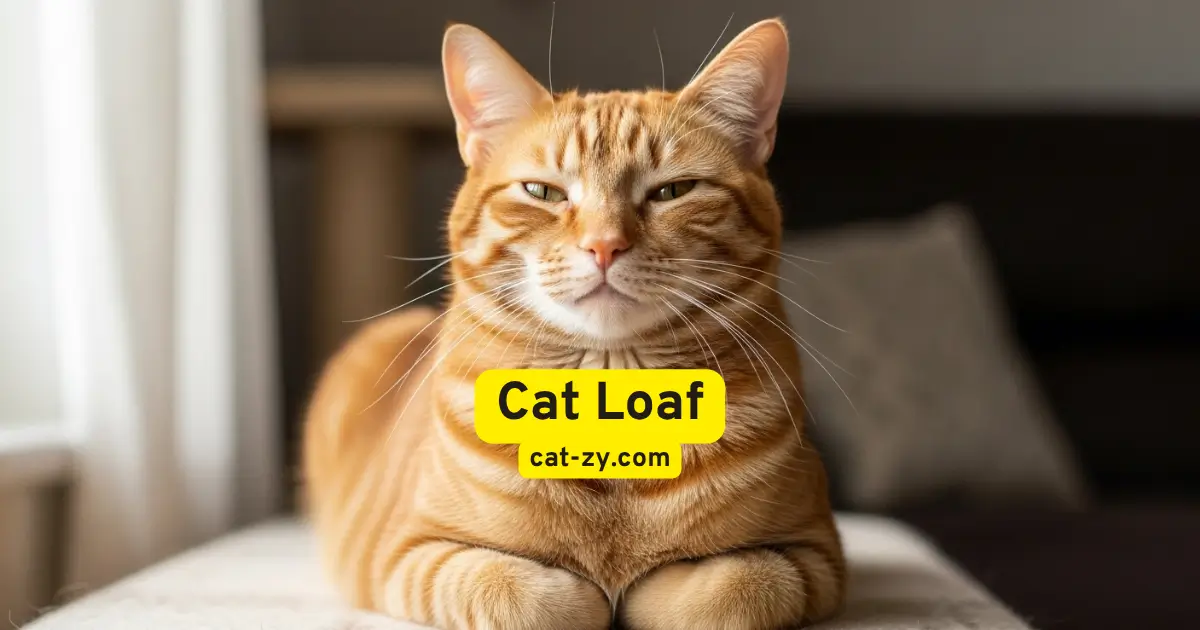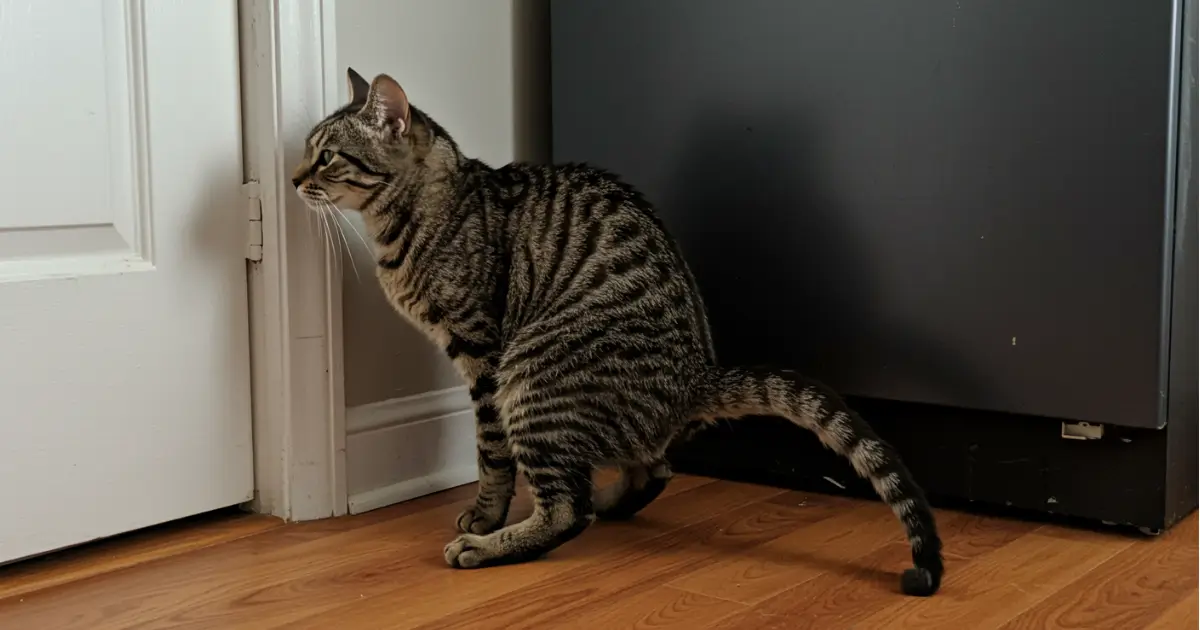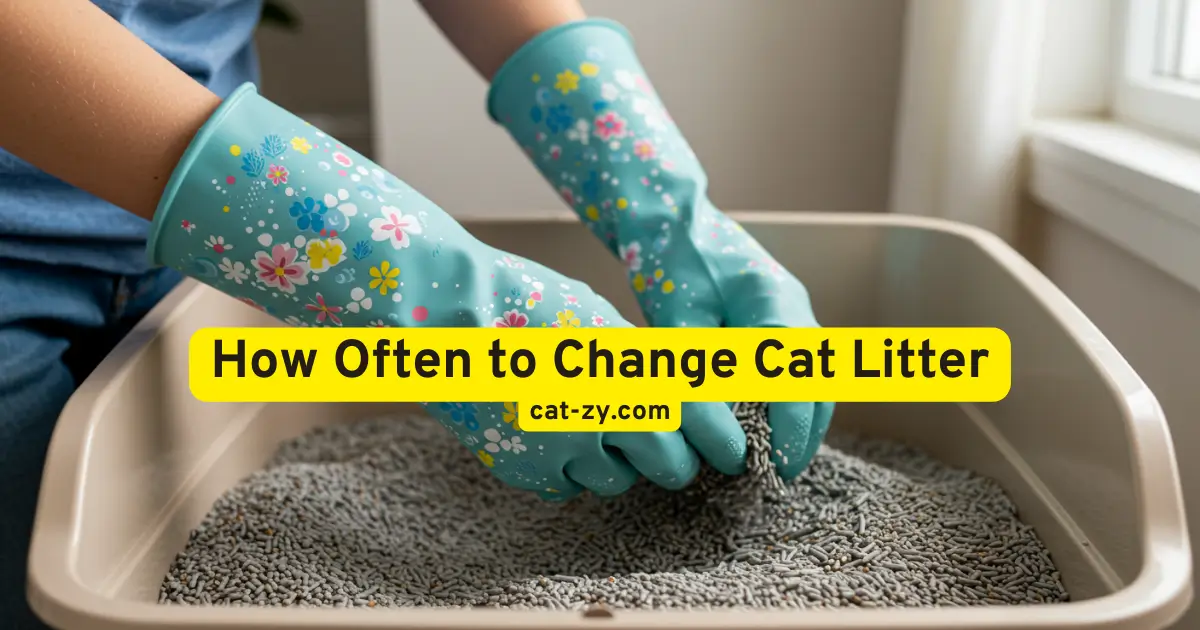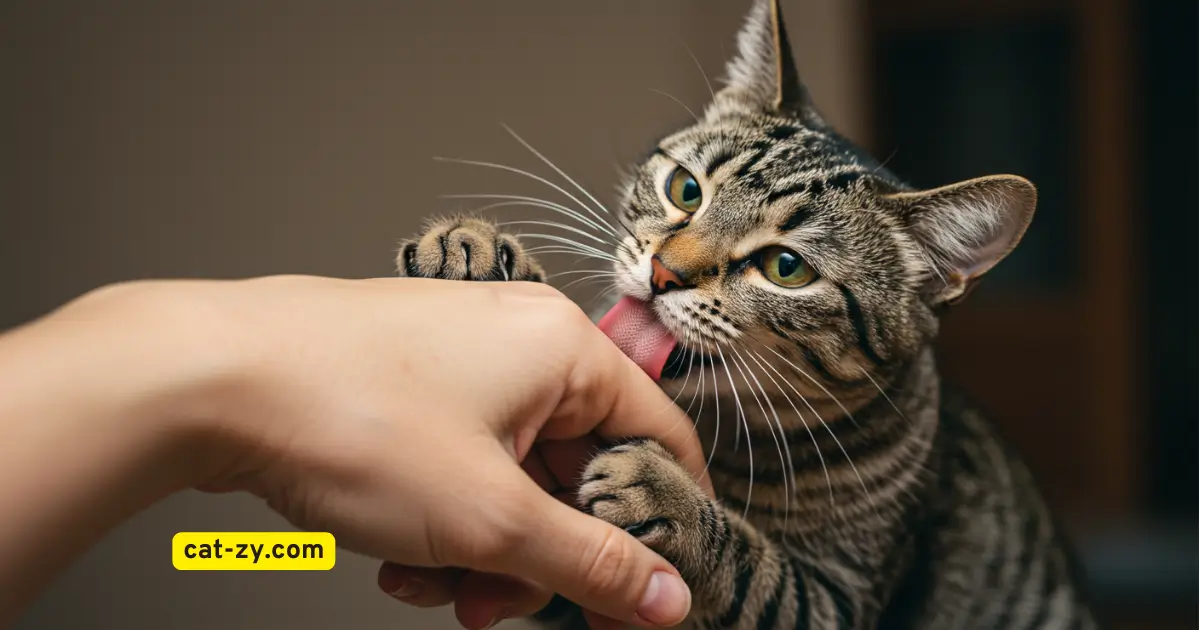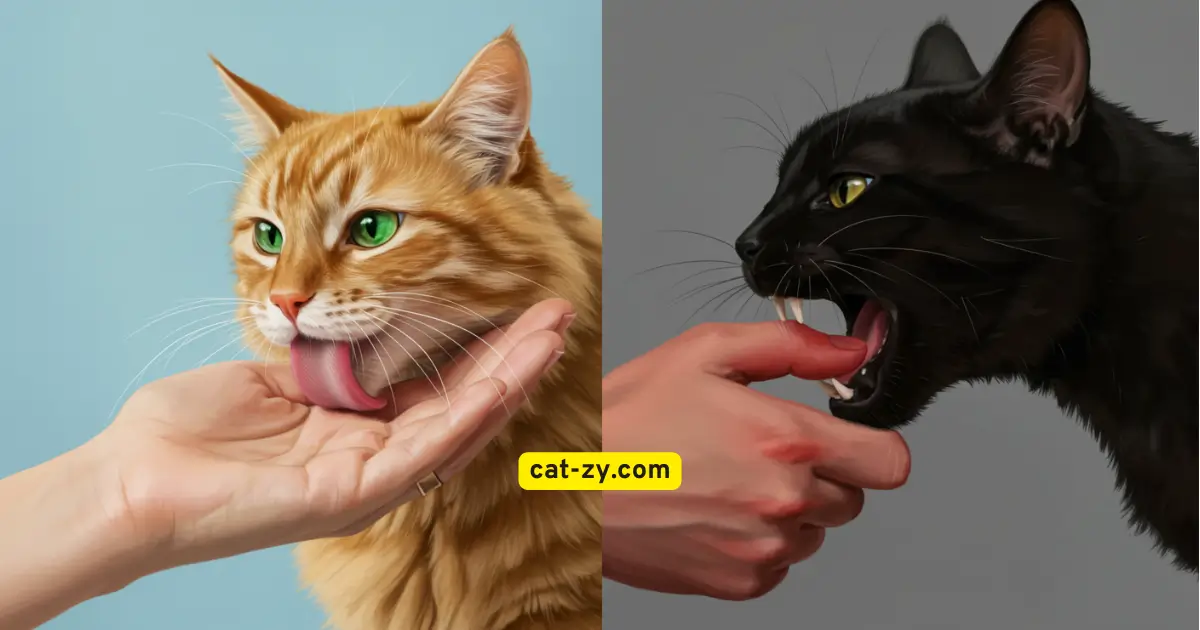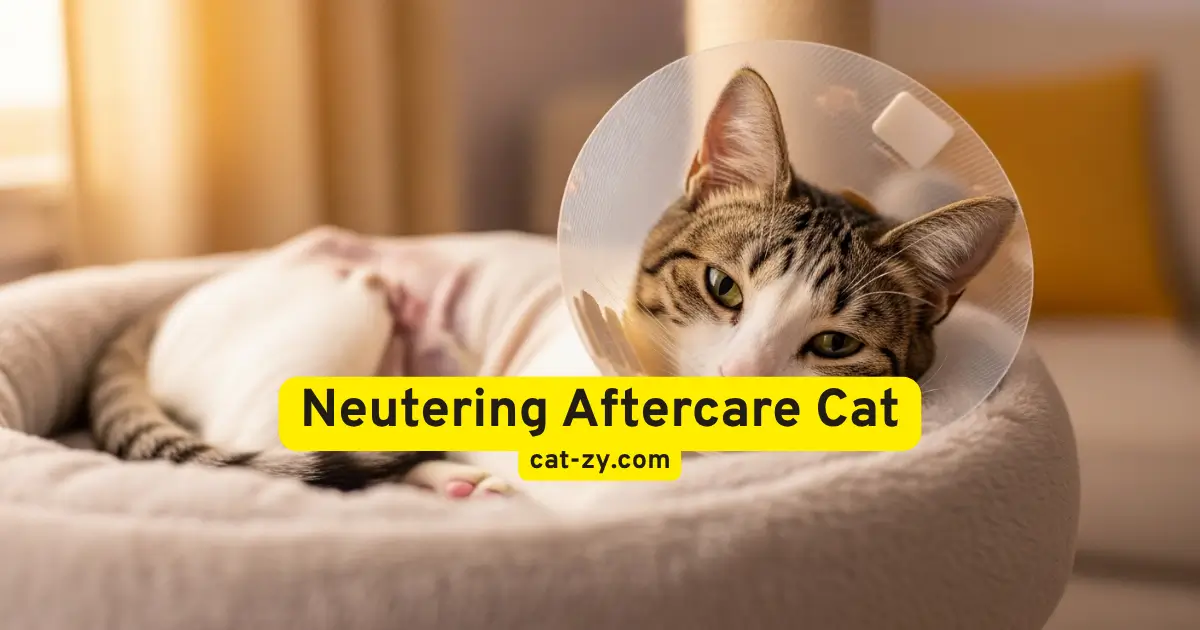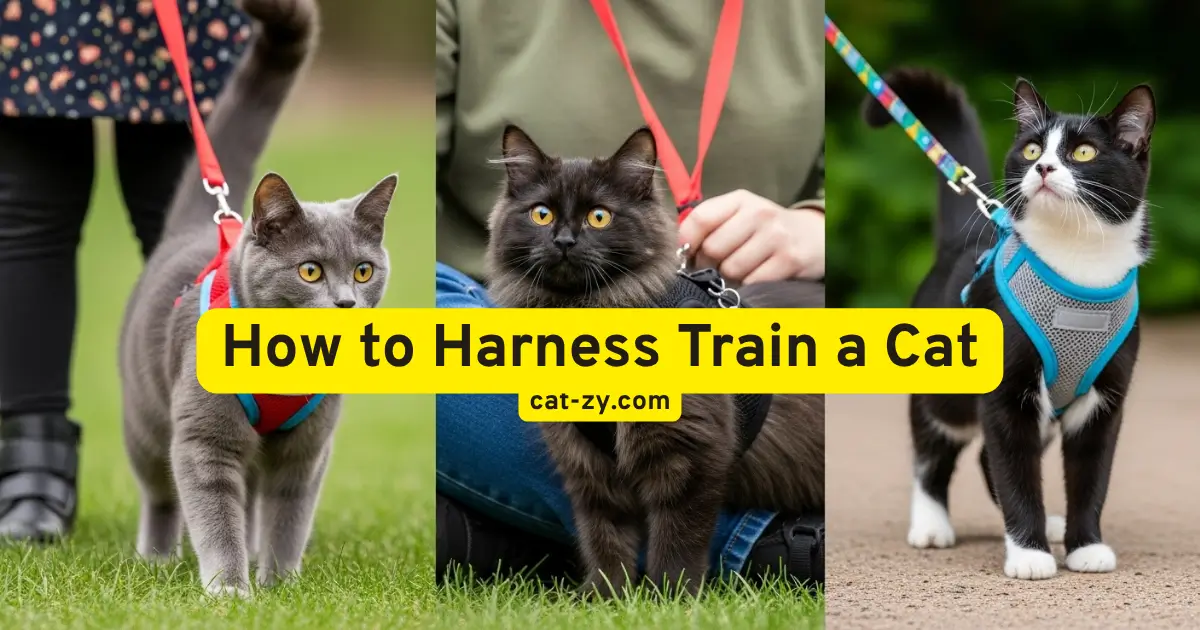Cat Loaf Secrets: 7 Fascinating Reasons Cats Do This
Ever seen your cat sitting funny? Their paws tucked under, and a calm face? This is called “cat loaf.” It’s a pose that makes many feline enthusiasts curious.
When you see your loafing cat, you might wonder why they do this. Is it for comfort, safety, or something else? The reasons are complex and interesting, showing us more about our feline friend’s nature.
In this article, we’ll look at the 7 fascinating reasons for this cute behavior. Learning about the “cat loaf” position deepens your understanding of your cherished feline companion. It will also make your bond with them stronger.
Table of Contents
Understanding the Cat Loaf Position
The cat loaf pose is more than cute; it’s a complex behavior. When cats do this, they show both physical comfort and emotional security.
The Anatomy of a Perfect Cat Loaf
A perfect cat loaf has a specific body arrangement. The cat’s legs are tucked under, with paws hidden or visible, based on the cat’s preference.
Paw Placement and Body Posture
In a classic cat loaf, paws are tucked under, making the posture compact. The body is relaxed yet alert, showing restful vigilance.
Tail Position Variations
The tail can be wrapped around the body or left loose, showing comfort levels. Some cats tuck their tails, while others leave them out, showing individual variations.
Popular Variations of the Classic Loaf
While the classic cat loaf is well-defined, cats show many variations. These reflect their unique personalities and comfort levels.
The Partial Loaf vs. the Complete Loaf
Some cats adopt a partial loaf position, showing less relaxation or comfort. This is when they don’t fully tuck their legs or tail.
The Tucked vs. Untucked Tail Debate
The tail’s position changes the loaf’s pose. A tucked tail often means a secure or defensive posture. An untucked tail suggests a more relaxed state.
The Evolutionary History Behind Cat Loafing Behavior
The story of cat loafing starts with their wild ancestors. To grasp why your cat loves to loaf, we must look at where this behavior comes from.
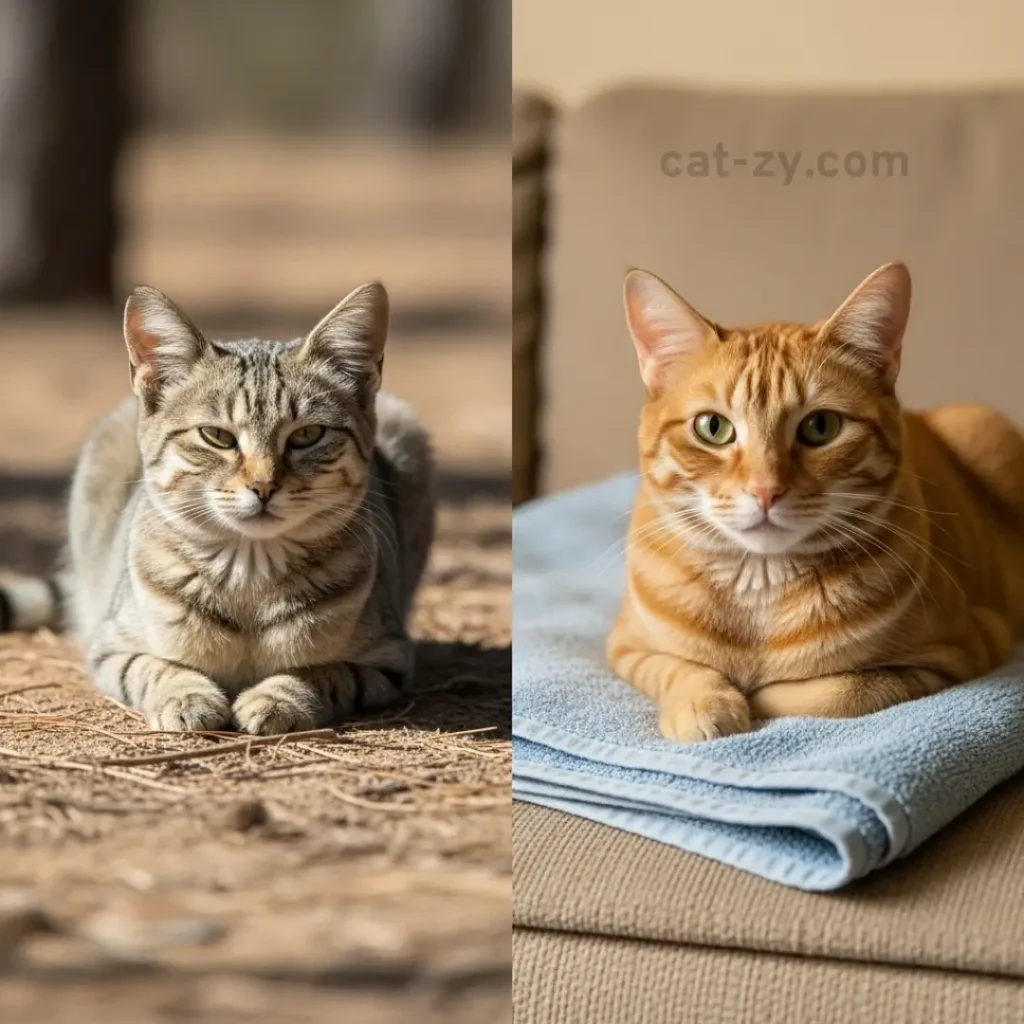
Wild Cat Ancestors and Similar Positions
Wild cats, like those in deserts and forests, rest or hide in positions similar to the loaf. These poses help them save energy and stay safe.
Desert Cat Adaptations
Desert cats have learned to stay warm and safe from harsh weather. Loafing is a way for them to hide from the elements.
Forest-Dwelling Feline Behaviors
Forest cats use the loaf to hide and sneak up on prey. This skill is key to their survival in the wild.
How Domestication Has Influenced Loafing
Domestication changed cats’ loafing behavior. The reasons for loafing stayed the same, but the setting changed.
Changes in Predator-Prey Dynamics
Domestication made cats safer from threats. But they kept loafing as a way to feel secure.
Adaptation to Human Environments
Cats now loaf in cozy spots that feel safe, just like their wild ancestors’ hiding spots.
Knowing where cat loafing comes from helps us understand why they do it. It’s a mix of instinct, comfort, and feeling safe.
Reason 1: Temperature Regulation Through the Cat Loaf
The cat loaf is more than cute; it’s a key way for cats to regulate their temperature. Cats can change how they act to fit their surroundings. The cat loaf is a great example of this.
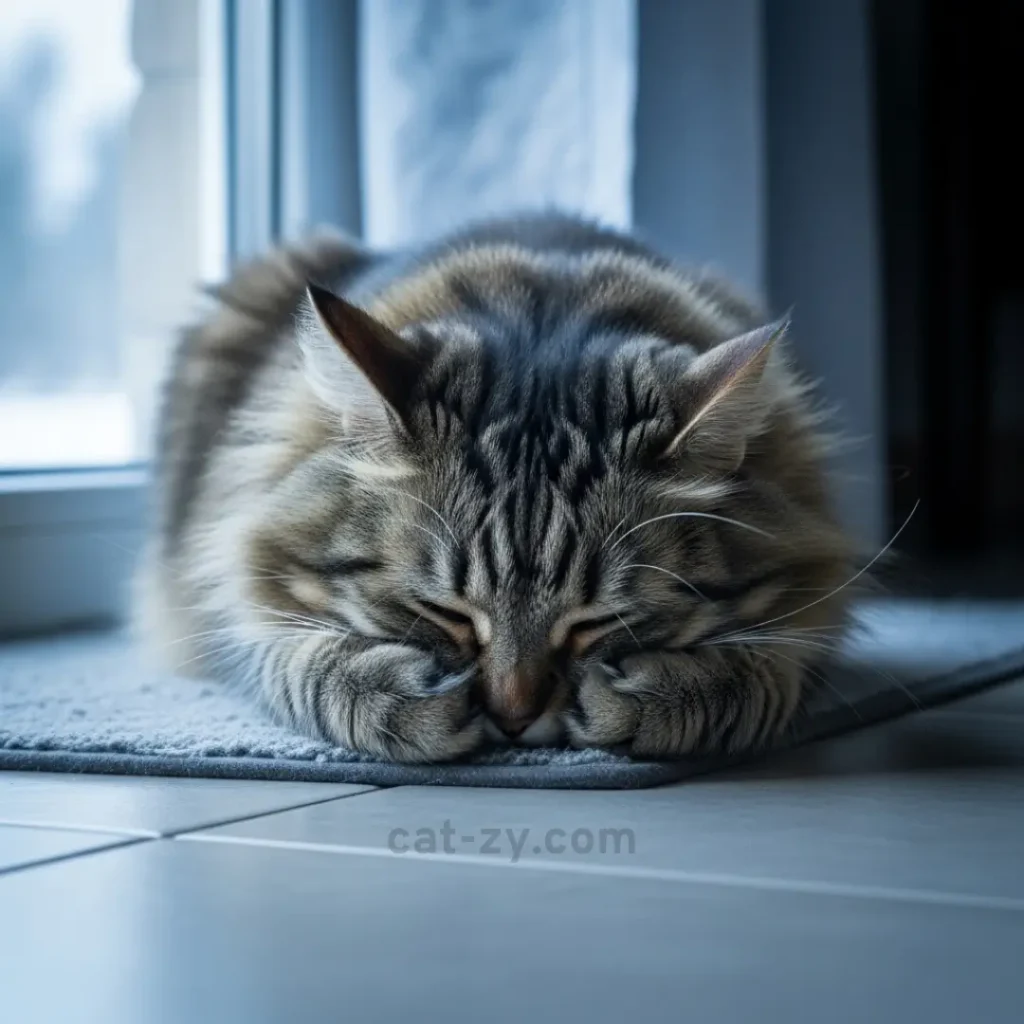
By curling up, your cat can better control its body heat.
Minimizing Heat Loss in Cold Environments
In cold places, cats must keep warm. The cat loaf helps by covering more of their body.
Protecting Paw Pads from Cold Surfaces
When your cat curls up, they protects their paws from the cold. This is important because a lot of heat can escape through the paws.
Reducing Exposed Body Surface Area
By curling up, your cat keeps more of their body warm. This is a natural way for them to save energy.
Seasonal Changes in Loafing Behavior
How often and how long your cat loafs can change with the seasons. Knowing this can tell you a lot about their comfort and how they adapt.
Winter vs. Summer Loafing Patterns
In winter, cats loaf more to stay warm. In summer, they loaf less and find cooler ways to rest.
Indoor Temperature Influences
The indoor temperature affects how often your cat loafs. If your home is always comfortable, your cat might not needReason 2nge there loafing as much.
Reason 2: Security and Vital Organ Protection
Cats loaf to feel secure and protect their vital organs. This habit comes from their wild ancestors. They needed to save energy while watching out for predators.
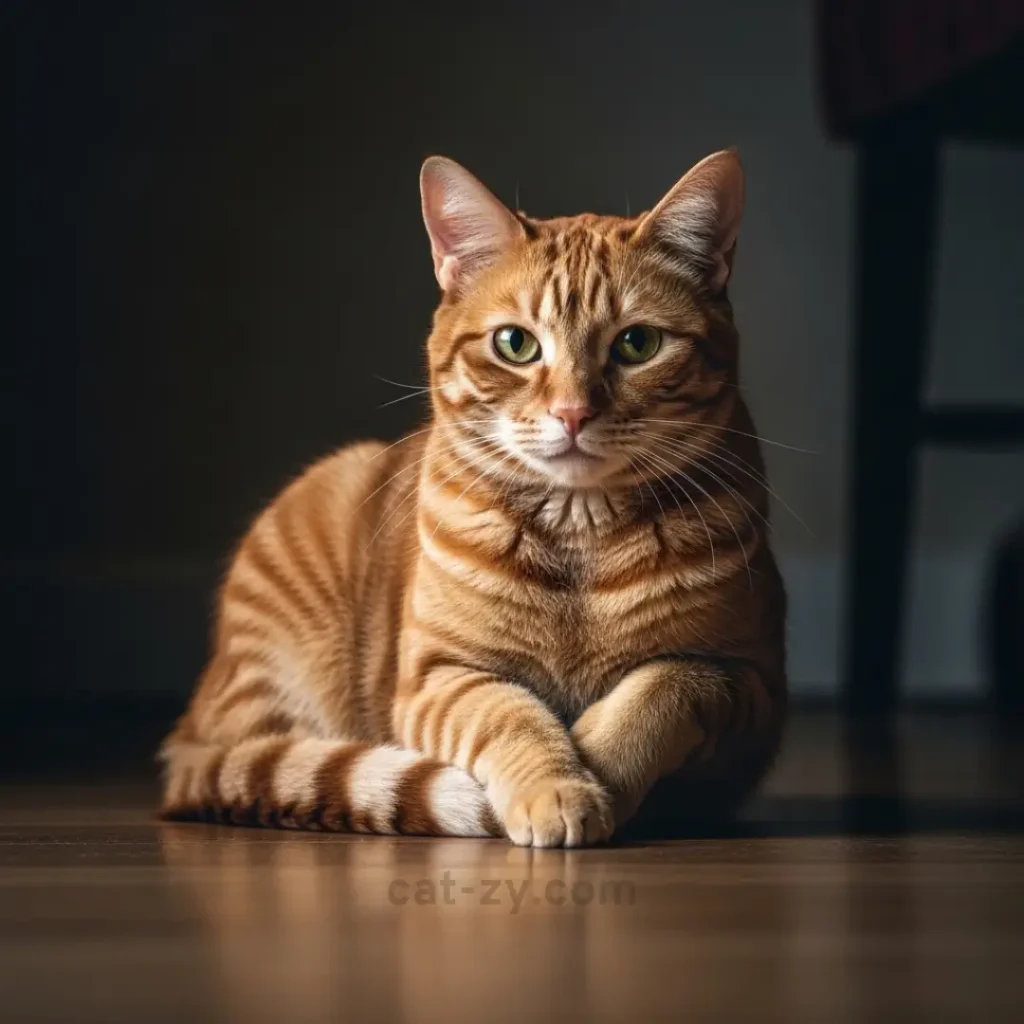
Defensivan instinctincts
Cats have a natural instinct to defend themselves. When they curl up into a loaf, they protect their belly and vital organs.
Protecting the Vulnerable Belly Area
The belly is a weak spot because it houses important organs like the liver and stomach. By pulling their legs in, cats hide their vulnerable areas from threats.
Quick Response Readiness
Even when they seem relaxed, cats in the loaf position can spring into action fast. Their tucked-in posture makes it easy for them to move quickly if danger comes.
Psychological Security in Domestic Settings
In homes, cats may loaf to feel secure. This position lets them rest while keeping an eye on their surroundings.
Feeling Safe While Remaining Alert
Your cat feels safe but also ready to react to any changes. This mix of rest and alertness is key to their loafing behavior.
Territorial Aspects of Loafing Locations
Cats pick certain spots to loaf, showing their territorial side. By choosing a specific place, Reason 3ark it as their territory.
Reason 3: Comfort Signaling and Relaxation Indicators
When your cat curls up into a loaf, it’s more than just resting. It’s a sign of comfort and relaxation. This behavior shows how your cat feels emotionally and physically.
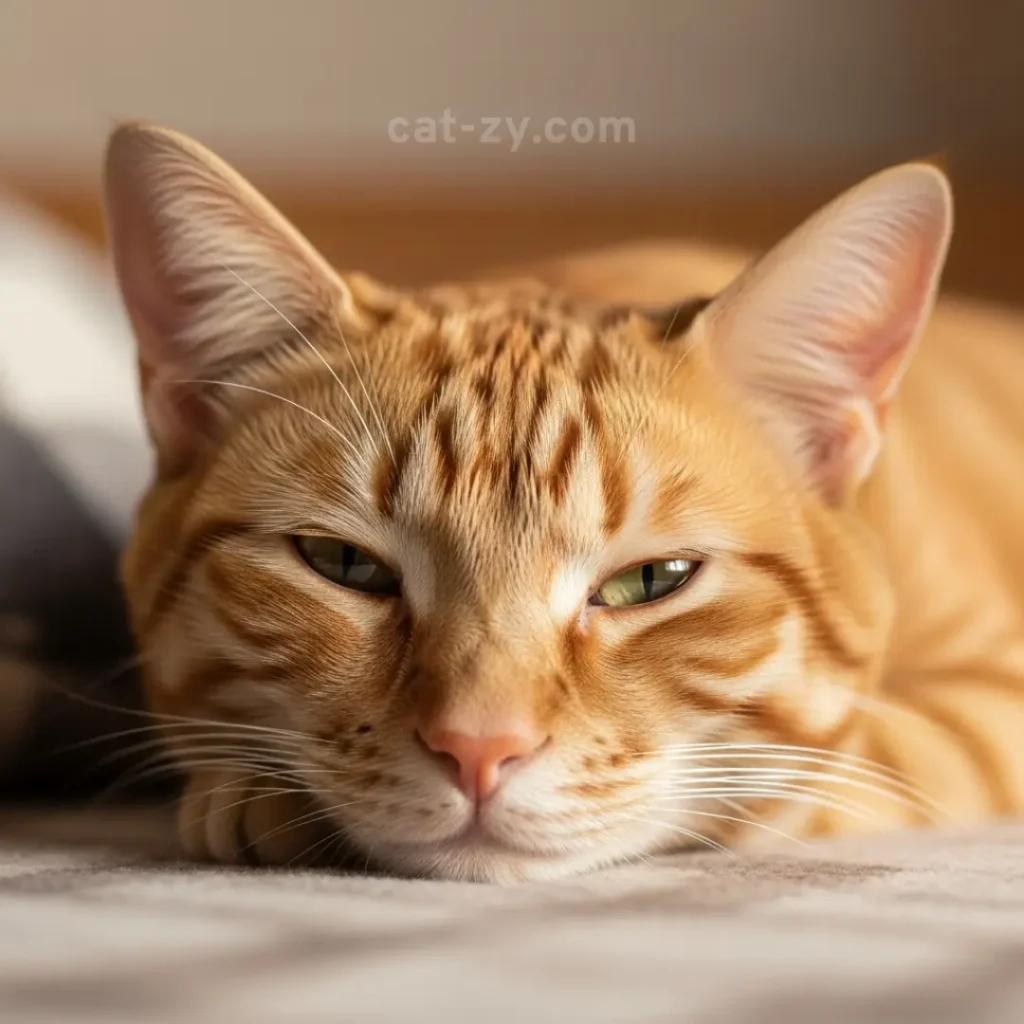
Reading Your Cat’s Mood Through Loafing
Watching your cat loaf can tell you a lot about their mood. By noticing small signs, you can guess what they’re feeling.
Facial Expressions While Loafing
A cat’s face says a lot when it’s loafing. A relaxed cat looks soft and calm. But if they’re stressed, their face might look different.
Eye Positions and Blinking Patterns
Your cat’s eyes can show if they’re relaxed. Slow blinking means they trust and feel content.
The Connection Between Loafing and Sleep Cycles
Loafing is often a step before sleep. It’s a time for your cat to relax before they sleep deeply.
Pre-Sleep Loafing Behaviors
Before they sleep, cats often loaf. It helps them calm down from being alert.
Transitioning from Loaf to Deep Sleep
As they relax more, cats move from loafing to deep sleep. You’ll see changes in their posture and breathing.
Reason 4: The Ready-for-Action Resting Position
The loaf pose is a special way your cat rests while staying ready. It looks like they’re just chilling, but they’re actually getting ready to move fast if needed.
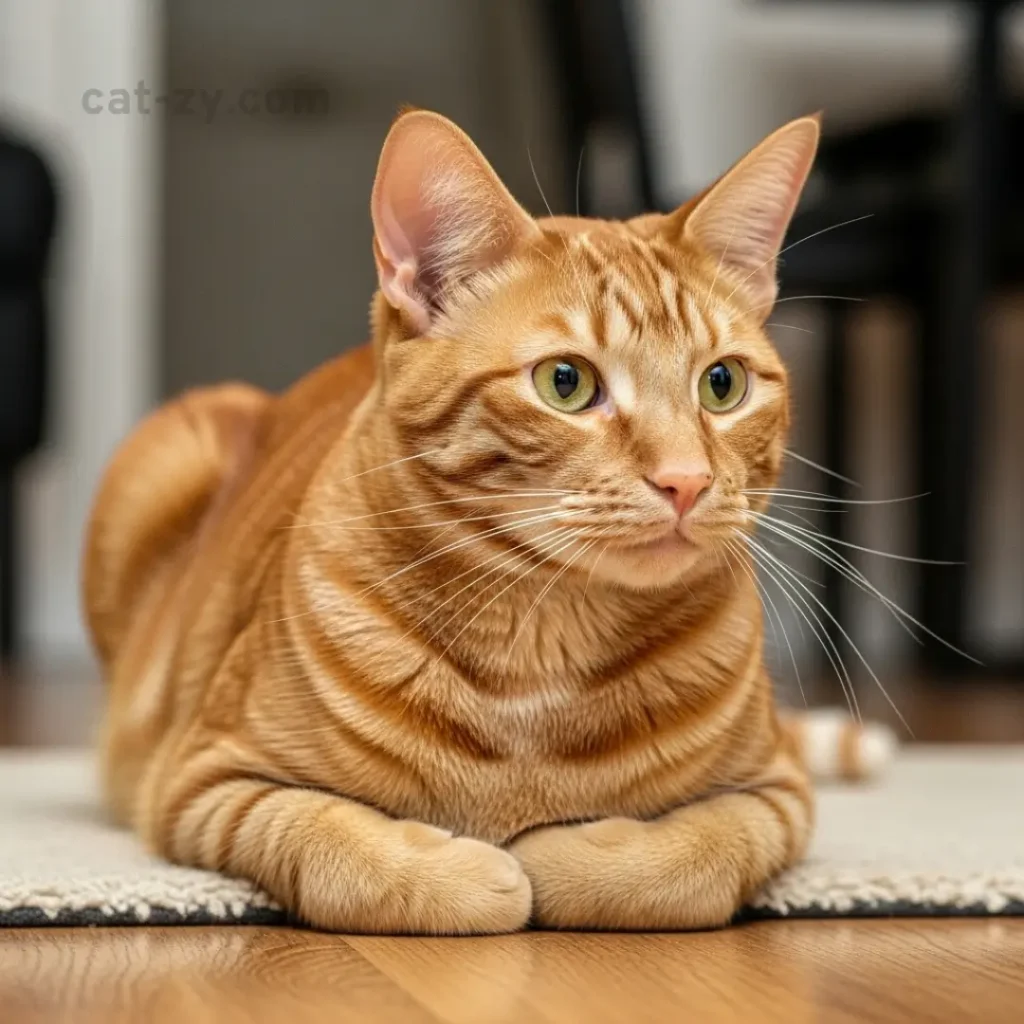
The Quick-Launch Theory of Cat Loafing
The quick-launch theory says cats loaf to rest and stay ready to act fast. This idea is backed by how cats behave in the wild and at home.
Muscle Tension Maintenance
When cats loaf, they keep some muscles tense. This lets them jump into action quickly, making loafing a smart way to rest and stay alert.
Energy Conservation While Alert
Loafing helps cats save energy while staying alert. This is key to their survival, letting them react to threats without wasting energy.
Balancing Rest and Readiness
Cats must balance resting and being ready for action. The loaf pose helps them do this well, keeping them safe and ready.
Comparing to Other Resting Positions
The loaf pose is better than sprawling or lying on their side. It protects vital organs and keeps muscles ready for action. This makes it a top choice for resting.
When Cats Choose to Loaf vs. Sprawl
Cats loaf when they need to stay alert, like in new or loud places. They sprawl whenReason 5eel very safe and relaxed.
Reason 5: Social Communication Through Loafing
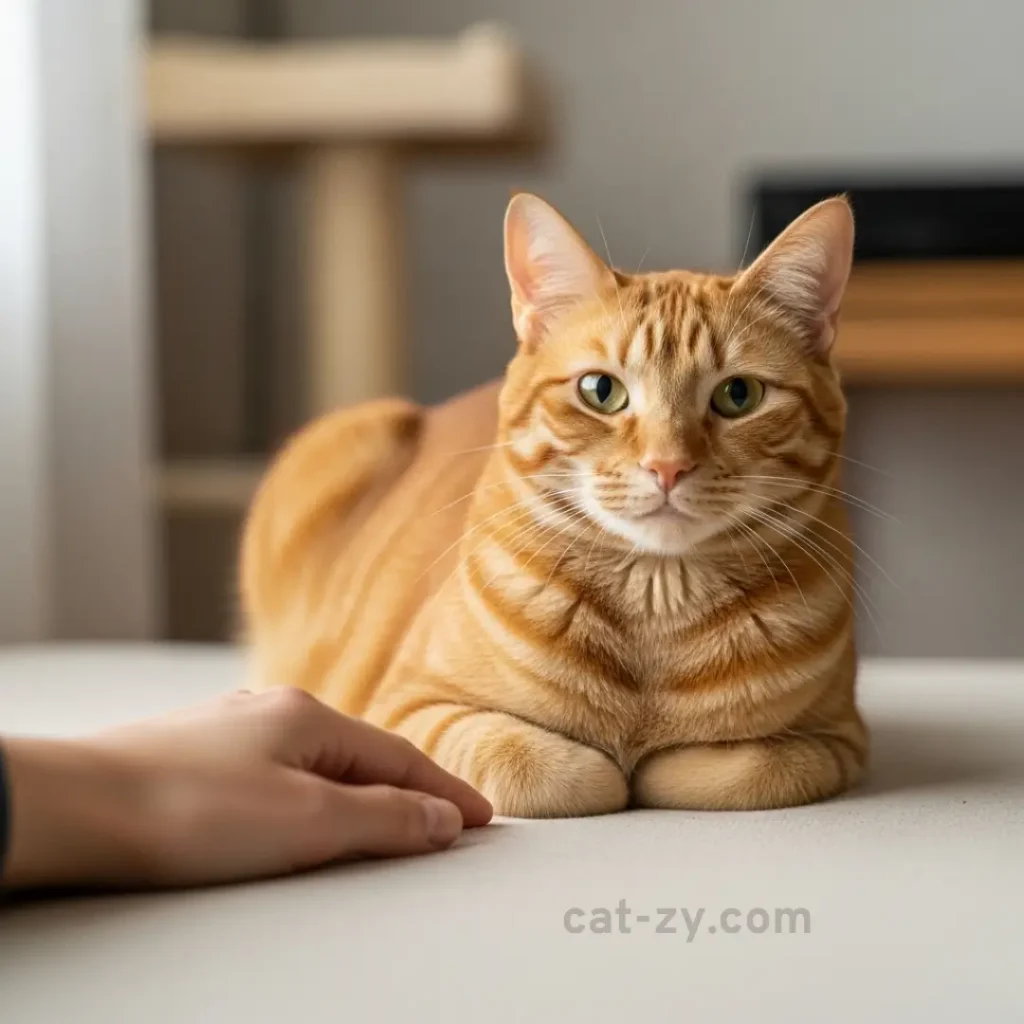
When your cat takes the meatloaf position, it’s not just resting. It’s actually talking to you and its surroundings. This pose is a subtle but important way for your cat to share its feelings and plans. Loafing is more than a cute pose; it’s a way for your cat to communicate without words.
What Your Cat Is Telling You When They Loaf Nearby
When your cat loafs near you, it’s showing you it feels safe and trusts you. Being that close to you or other pets shows that it feels secure and loves you.
Proximity Choices and Their Meaning
The distance your cat keeps from you or other animals while loafing tells a story. Being close means it trusts you and wants to be with you.
Direction Facing and Eye Contact
The direction your cat faces while loafing also says something. Facing you might mean it wants to play or get attention. Avoiding eye contact could mean it needs some space.
Loafing in Multi-Pet Households
In homes with many pets, loafing has its own set of meanings. Cats may loaf to show who’s boss, who’s not, or who trusts whom.
Dominance and Submission Signals
A cat loafing high up might be showing it’s in charge. A cat loafing low or near a bigger pet might be showing it’s not in charge.
Trust Indicators Between Animals
When cats loaf together, it shows they trust and feel comfortable with each other. This is key in homes with many pets where cats have become friends.
Reason 6: Pain Management and Health Monitoring
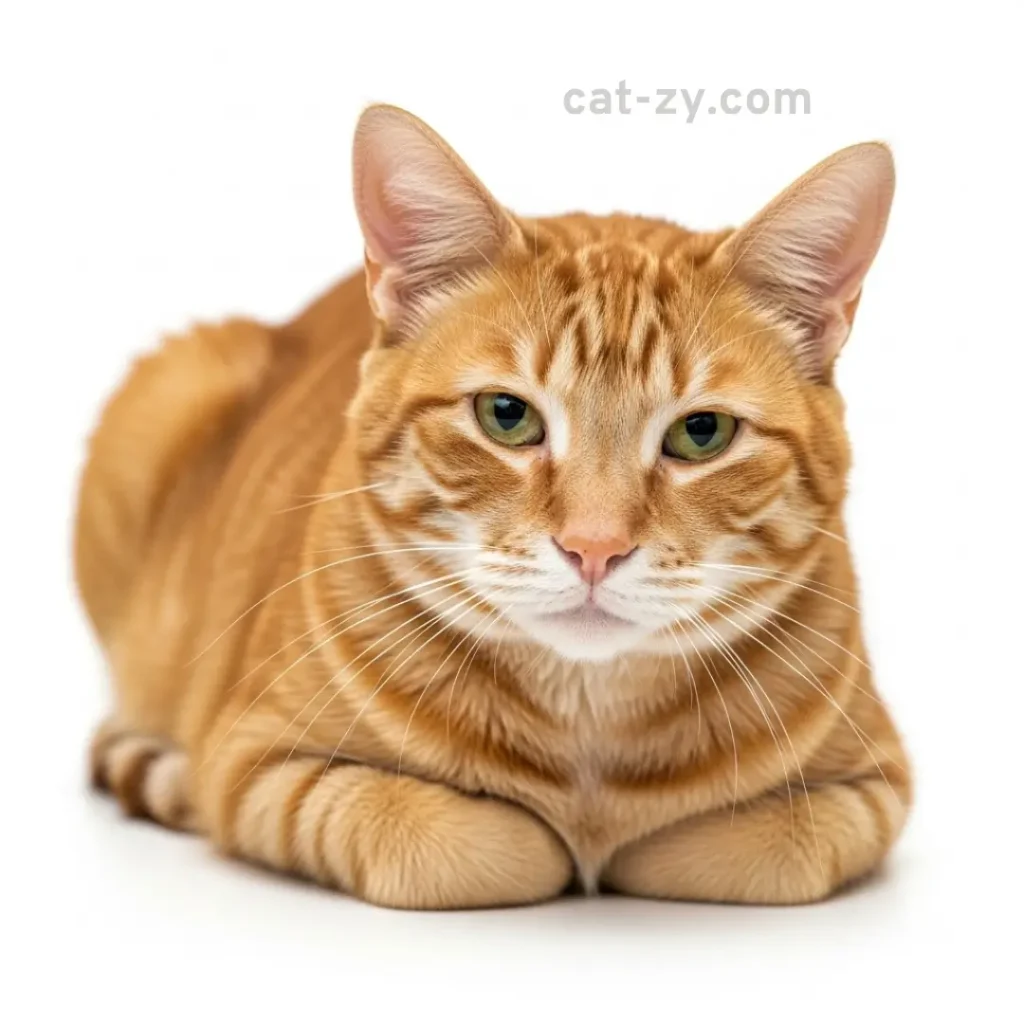
Loafing is more than just a cute pose for cats. It can be a way for them to cope with pain. By watching how your cat uses loafing, you can keep an eye on their health.
How Cats Use Loafing to Alleviate Discomfort
Cats loaf to ease body strain. This helps them relax and reduce pain.
Joint and Muscle Pain Relief
Loafing helps cats with joint and muscle pain. It lets them rest in a way that eases strain. This is good for older cats or those with arthritis.
Digestive Discomfort Positions
Cats may also loaf to ease digestive issues. Curling up helps them apply gentle pressure to their belly. This can soothe their stomach.
When Loafing May Indicate Health Problems
While loafing is normal, changes in how they do it can signal health issues. Watching your cat’s loafing behavior is key to spotting problems early.
Abnormal Loafing Durations
If your cat loafs for too long or changes how long they do it, it might mean they’re sick. They need to see a vet.
Position Modifications That Signal Pain
Cats in pain might change how they loaf. They might not tuck in their legs or hold their body differently. Spotting these changes can helReason 7ee if your cat is in pain.
Reason 7: The Perfect Observation Post Strategy
Cats loaf to observe their territory well. They do this by getting into the cat loaf position. This lets them watch their surroundings without looking too alert or threatening.
Surveying Territory While Appearing Relaxed
When cats loaf, they watch their area with a mix of calm and alertness. This way, they can keep an eye on any dangers or food while seeming laid-back.
Height Advantages of Loafing Locations
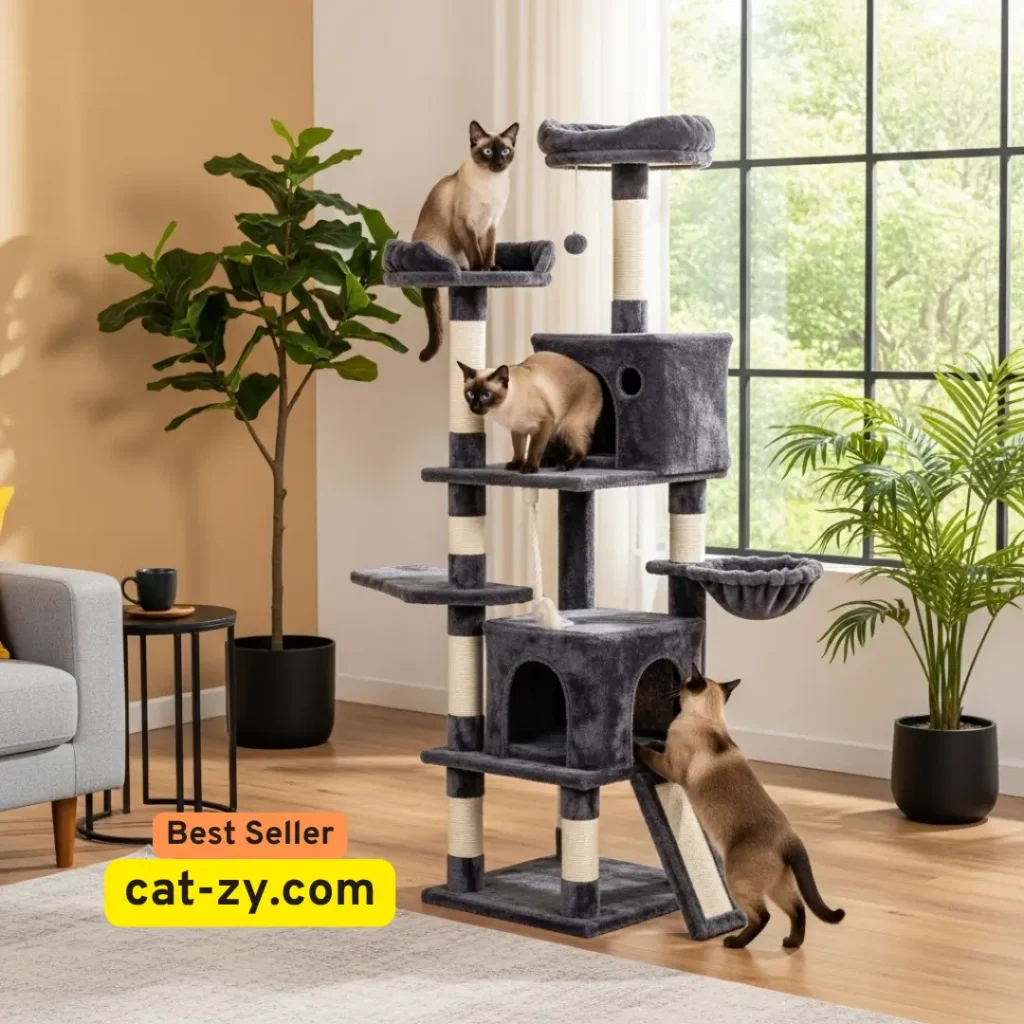
Cats often pick high spots to loaf, like a cat tower or a high shelf. This height advantage lets them see more of their territory. They can spot changes or movements more easily.
Visual Field Optimization
By choosing the right spot, loafing cats can see even the smallest movements. This shows their instinctual behavior, passed down from their wild ancestors.
Strategic Loafing Locations in Your Home
In your home, cats pick certain spots to loaf. They look for places near windows that are comfy and safe. Knowing these spots can help you understand your cat better.
Window Perches and Vantage Points
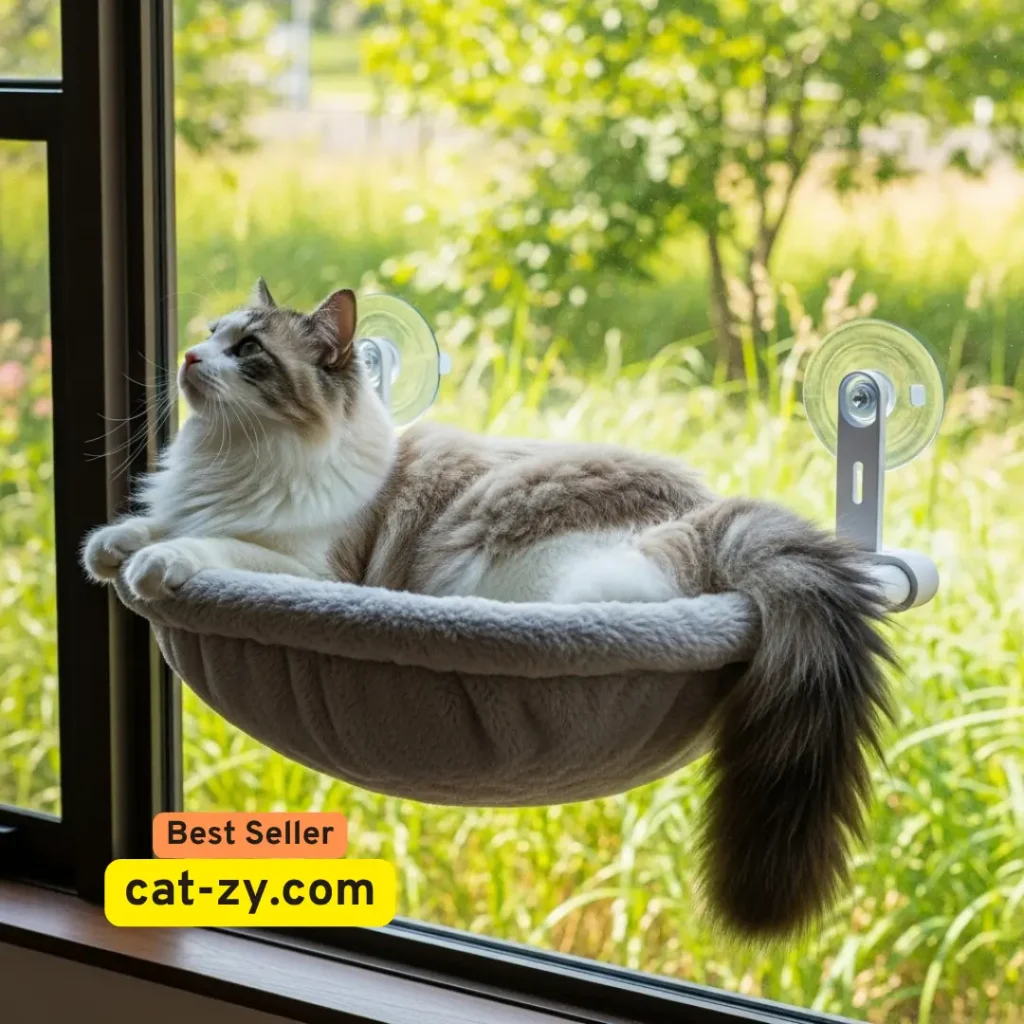
Window perches are favorite spots for cats. They’re great for watching birds, squirrels, and other small animals. It’s fun for them and keeps their minds active.
Monitoring Household Traffic Patterns
Loafing cats also keep an eye on who’s moving around the house. They pick spots where they can see people and pets. This makes them feel safer and more in control.
When to Be Concerned About Your Cat’s Loafing Behavior
Cat loafing is normal, but sometimes it can mean trouble. As a cat owner, knowing when to worry is key.
Abnormal Loafing Positions That May Indicate Problems
Some loaf pose cat variations can mean your cat is not okay. Spotting these odd positions is important for your cat’s health.
The “Meatloaf” Position vs. Normal Loafing
The “meatloaf” pose, where a cat curls up, can be a sign of calm. But if your cat stays this way too long or seems upset, it might be a sign of trouble.
Asymmetrical Postures and Their Meaning
Asymmetrical loafing, where one side is off, can mean injury or pain. If your cat always loafs this way, it’s time to see a vet.
Changes in Loafing Frequency and Duration
Changes in how often or long your cat loafs can hint at health issues. Keeping an eye on these changes helps you understand your cat’s health.
Sudden Increases in Loafing Behavior
A sudden rise in loafing could mean your cat is in pain or discomfort. If other illness signs appear, get vet advice fast.
When to Consult Your Veterinarian
If your cat’s loafing changes, like odd positions or frequency, see a vet. They can tell if it’s a worry.
Conclusion
The cat loaf is more than a cute pose; it’s a complex behavior. It’s influenced by many factors, like temperature and comfort. Your cat’s decision to loaf can be for several reasons.
Understanding when your cat takes the meatloaf position can deepen your bond. It shows their needs and feelings. Whether it’s relaxation, a smart resting spot, or a health sign, it’s fascinating and complex.
Watching your cat loaf can teach you a lot. Think about their environment, health, and mood. This knowledge strengthens your connection, making your relationship more caring and understanding. The cat loaf is just one way your cat talks to you. By listening, you can get closer to their world.
FAQ
What does it mean when my cat loafs?
When your cat loafs, it can mean several things. It might show they feel secure, regulate their body temperature, or just feel comfortable. Cats often loaf to save energy while staying alert.
Why do cats loaf in the meatloaf position?
Cats loaf in the meatloaf position to protect their vital organs and feel secure. This position lets them rest while ready to respond quickly if needed.
Is loafing a sign of relaxation in cats?
Yes, loafing can be a sign of relaxation in cats. When your cat is loafing, it may show that they feel comfortable and at ease in their environment.
Can loafing be a sign of pain or discomfort in cats?
Yes, in some cases, loafing can be a sign of pain or discomfort. If your cat is loafing more than usual or in an unusual position, it may be worth monitoring their behavior and consulting with a veterinarian.
How can I tell if my cat is loafing normally or if there’s a problem?
To determine if your cat’s loafing is normal, observe their overall behavior and body language. If they seem tense, are loafing in an unusual position, or are loafing excessively, it may indicate an issue.
Do cats loaf more in certain environments or temperatures?
Yes, cats may loaf more in certain environments or temperatures. For example, they may loaf more in cold temperatures to conserve heat or in comfortable, quiet spaces to relax.
Can multiple cats loaf together, and what does it mean?
Yes, multiple cats can loaf together. When they do, it can be a sign of trust, companionship, and a sense of security among the cats.
How does a cat’s age affect their loafing behavior?
A cat’s age can affect their loafing behavior. Kittens and younger cats may loaf less as they tend to be more active, while older cats may loaf more as they conserve energy.

